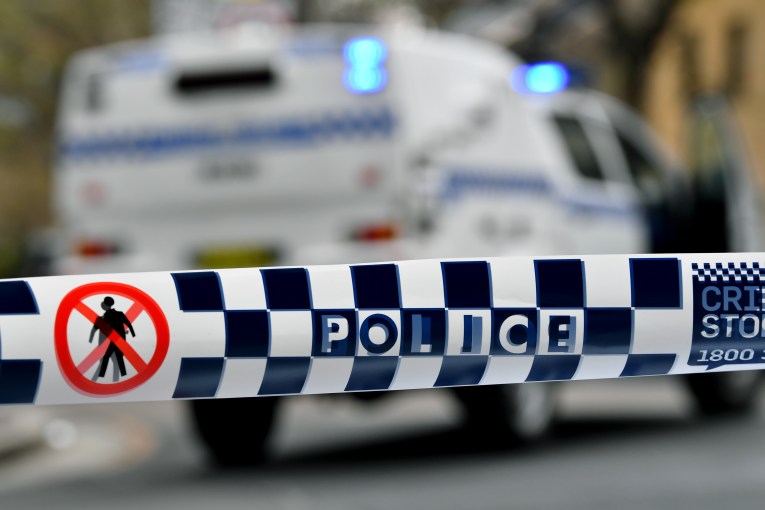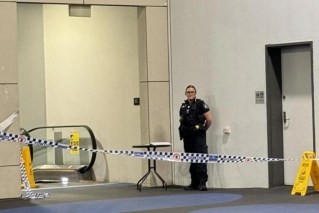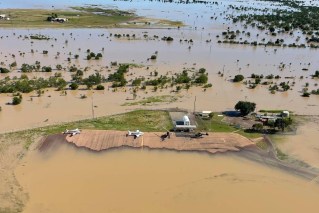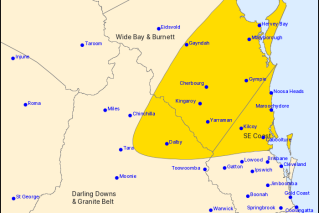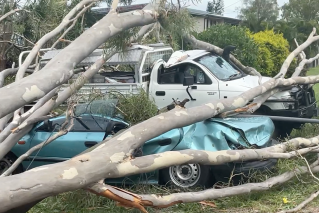Why croc sightings have doubled in the past year
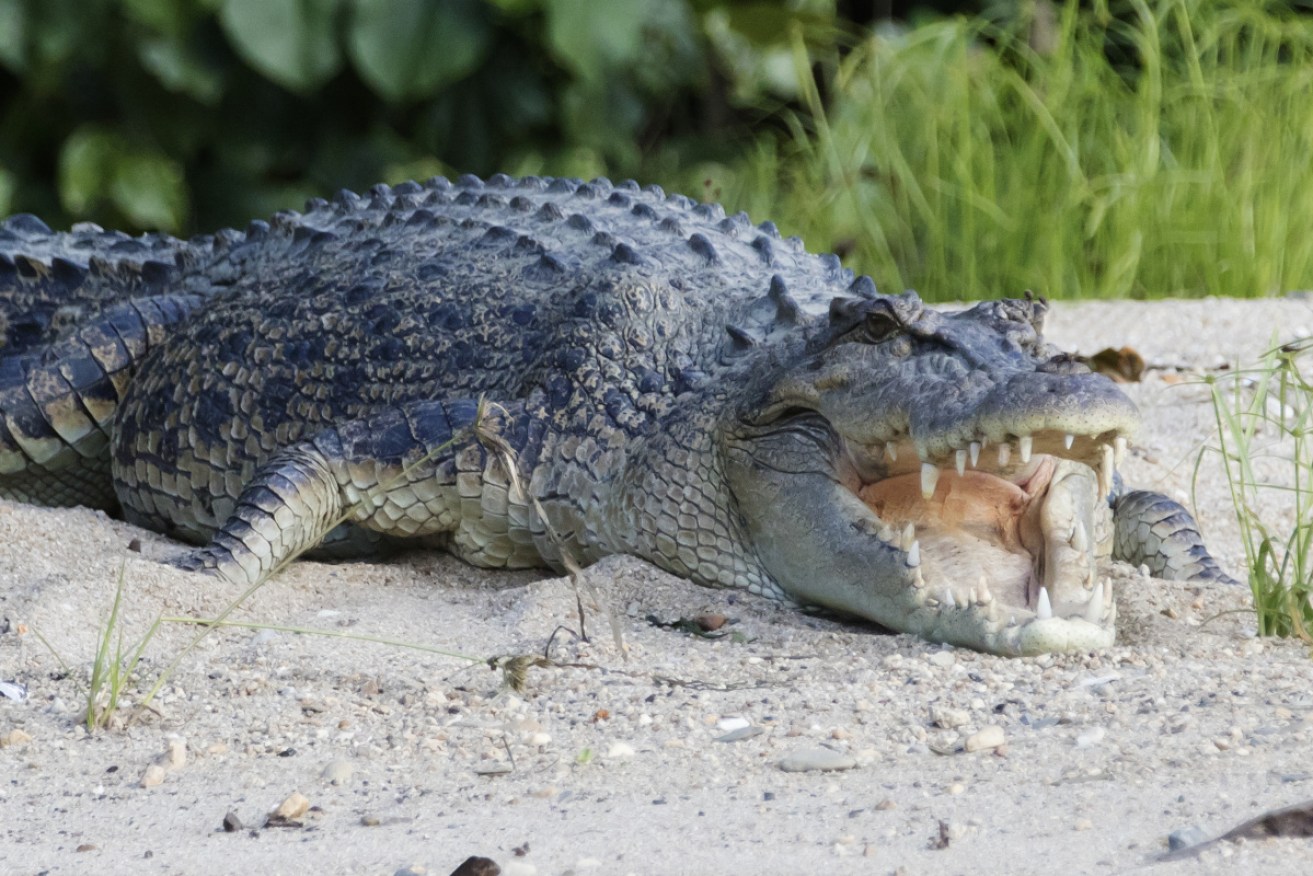
Normally confined to far north Queensland, are crocodiles moving further south? Photo: Getty
Queensland wildlife officers are investigating more croc sightings than ever before as the public imagination for the killer reptiles goes wild.
Although true ‘croc country’ is confined to the north of the state, more and more reported sightings are being reported from the cooler climes of south-eastern Queensland.
The state’s croc catchers responded to 667 reports in 2018 – almost double the previous year – diligently attending each location to conduct a reptilian investigation and remove problem animals.
The rush of sightings comes as the state government ramps up croc reconnaissance over thousands of kilometres of waterways using boats and helicopters.
Two waterways outside of ‘croc country’ – the Mary River near Maryborough and the Great Sandy Strait near Hervey Bay – have been classified as “high importance” for croc monitoring following two large estuarine crocodiles confirmed well outside their usual habitat.
The 3.2-metre and 3.8-metre specimens were tracked down and captured in the Mary River, about three hours north of Brisbane, in 2013 and 2014.
It is almost 300 kilometres south of the species’ usual range.

The discovery of the creatures outside their tropical home territory is the most southerly movement of crocs in recent history and has raised questions of species migration, possibly due to climate change.
It has also sparked the public’s imagination for the man-eating creatures allegedly roaming the state, contributing to a flood of calls and messages to Queensland’s CrocWatch monitoring program.
Although there is no current evidence for a southerly migration to Brisbane or the Gold Coast and Sunshine Coast, emerging research is discovering that crocodiles have trouble adapting to warmer waters and may go in search of cooler conditions.
University of Queensland researcher Dr Craig Franklin’s study found saltwater crocodiles appeared “hard-wired” for certain temperatures and may not take well to a warmer habitat caused by climate change.
“We thought that crocodiles – like many animals – would adjust to temperature changes so life continues,” he said.
“However, we were surprised to find they had little capacity to compensate for water temperature changes and seemed to be hard-wired to operate at certain temperatures.
“We are not sure what this means, but it’s likely that if the water is too hot, crocodiles might move to cooler regions, or will seek refuge in deep, cool-water pockets to defend their dive times.”
Dr Franklin said more research was needed before scientists could fully understand the effects of elevated water temperatures.
However, the discovery of the crocodiles in the Mary River was not believed to be linked to climate change, but down to their ability to swim hundreds of kilometres through waterways to new territories.
A spokesperson for Queensland’s Department of Environment and Science (DES) said there was no evidence for a southerly crocodile migration due to climate change.
Despite claimed sightings in populated south-east Queensland, including Brisbane and the Gold and Sunshine coasts, none has been confirmed in the past decade.
Most reports to CrocWatch turned out to be cases of mistaken identity and were often turtles or lungfish and other marine creatures.
“While there has been a general increase in the annual number of crocodile sighting reports received over recent years, this does not mean there is an increase in the number of crocodiles in the wild,” the spokesperson said.
“The numbers of sighting reports received is influenced by the location of the animal – e.g. animals in urban areas are more likely to be reported multiple times than animals in remote areas.
“The time of year can also have an impact. During the colder months crocodiles are more likely to be seen and reported, as they spend extended periods basking on the river bank to keep warm.
“Increased public awareness of the DES “Crocwise” public education program and “CrocWatch” public sighting reporting system means people are reporting sightings more often.”
